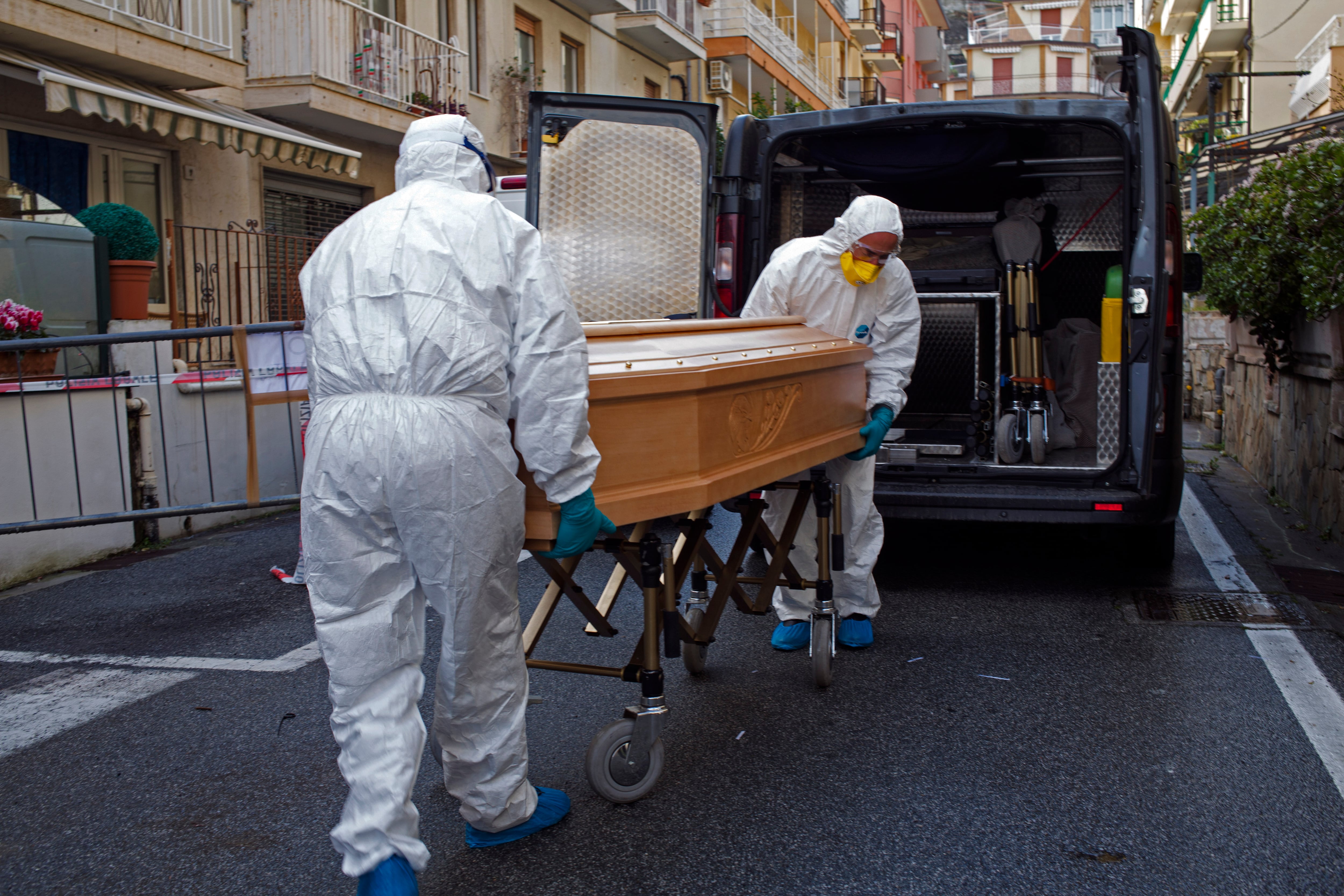As a fledgling member of the US Army’s Foreign Area Officer corps in 1981, I took two mandatory classes called a tool of research when completing my first graduate degree at American University in Washington, DC. Essentially, this was my introduction to statistical analysis, otherwise known as Quantitative Methodology. I struggled with the course, but still managed an A-. I struggled with it because at some point in these classes, I made the discovery that statistics can be manipulated (spun) to say whatever you wish them to. From my perch in COVID-19 lockdown in Rome I am struggling again with the numbers. What do they mean?
I received considerable feedback from readers because of my previous Military Times commentaries on this topic. Some felt that the common flu and COVID-19 had very much in common. As such, they sensed that the lockdowns in Italy and across the globe, and particularly in the US, were a massive over-reaction: Strangling the world-wide economy.
They essentially took the position that the lockdowns were far worse than the disease. Are we over-reacting?
It is generally accepted now that Italy’s immediate past and present may soon become America’s future. In some regions of the US the Italian protocols have already been implemented.
More than 217,000 Americans have tested positive for the virus in the last month and more than 4,700 U.S. citizens have died from the illness.
In my previous pieces, I primarily addressed advice to people and families in lock down. I feel that it is now necessary to look at the quantitative end of things to try and make some greater sense of it, and to see if I can discern what all the numbers might mean.
Let’s briefly discuss the mortality rate. I have been reviewing multiple credible sources and the result is always the same: Confusing. The mortality rate in Italy thus far remains upwards of 11 percent. The UK reports roughly 5 percent. Germany and the US hover around 1 percent. Spain comes in at about 10 percent. Understand that these numbers can literally change daily. However, no matter how I juggle the figures, the danger of death associated with COVID-19 is far more serious that the common flu. Although the symptoms of flu and COVID-19 are roughly similar, they should not be conflated. Some of the confusion may stem from the obvious fact that mortality rate seems to fluctuate considerably between countries and even regions within countries. There is clearly much we do not yet comprehend about this virus.
RELATED

This bug is deceptive too. I call it the Trojan Horse aspect. The virus travels inside the bodies of many but often without serious symptoms. People go through their normal daily routines never knowing that they are infected and subsequently infect others. The virus can live for hours or days on multiple surfaces: Increasing its reach while expanding its numbers. Because of the long incubation period, the virus unfolds as a slow-moving disaster: Like the frog placed in a pot of cold water over a flame that slowly heats the liquid until the unknowing amphibian is parboiled.
What is critically important to know about the infection rate is that the we don’t know the rate without testing. The numbers of infections often being reported by competent medical authority are largely those that have diagnosed symptoms. Bottom line: We don’t know how many people have been infected — nobody knows.
I call this the uncertainty factor. Because we do not know how many may be infected, and because America was grossly unprepared to institute testing protocols, the result is rising uncertainty. Political polarization, tragically, also fuels this uncertainty and tends to breed fear and its sibling panic.
To demonstrate the special danger to aged Americans currently residing in assisted living circumstances, please note that 37 seniors died in the Life Care Center in Kirkland, Washington State. That is a frightening number if your parents or grandparents live in a similar facility. Italy’s physicians warn against COVID-19 patients being sent to such homes claiming that they are “like viral bombs.” That of course begs a burdensome question, where do you send them?
Moreover, what of those who are infected aboard our US Naval vessels at sea? Based on recent COVID-19 experiences aboard pleasure cruise ships, crew members are uniquely vulnerable. In addition, medical facilities aboard ship are cramped: A perfect breeding ground for this virus. There are hard decisions ahead.
RELATED

The Ebola virus is the mirror opposite of Corona. Ebola kills quickly and is accompanied with near immediate and horrifying symptoms. But because it kills quickly, the spread is often attenuated. The World Health Organization recorded 2,234 total deaths of 3,453 infected in March of 2019 in the Democratic Republic of the Congo. We should all be very glad that Corona and Ebola are merely distant cousins.
Are we collectively overreacting to the threat posed by COVID-19? I don’t know but I am inclined to put my faith in the CDC and science. At least from my perspective, all the numbers are not yet in. Better analyses will no doubt become available in the aftermath of the pandemic. Plus, our perception of current events will always be made better via a glance into the rearview mirror. Strangely, though, and unbidden, I hear my mother’s voice echoing in the remote recesses of my mind, “better safe than sorry, Bobby.”
Robert Bruce Adolph is a former United Nations Chief Security Advisor and US Army Special Forces Lieutenant Colonel. He recently published a startling book entitled “Surviving the United Nations: The Unexpected Challenge,” that is available on both Amazon and Barnes & Noble websites.
Editor’s note: This is an Op-Ed and as such, the opinions expressed are those of the author. If you would like to respond, or have an editorial of your own you would like to submit, please contact Military Times managing editor Howard Altman, haltman@militarytimes.com.





